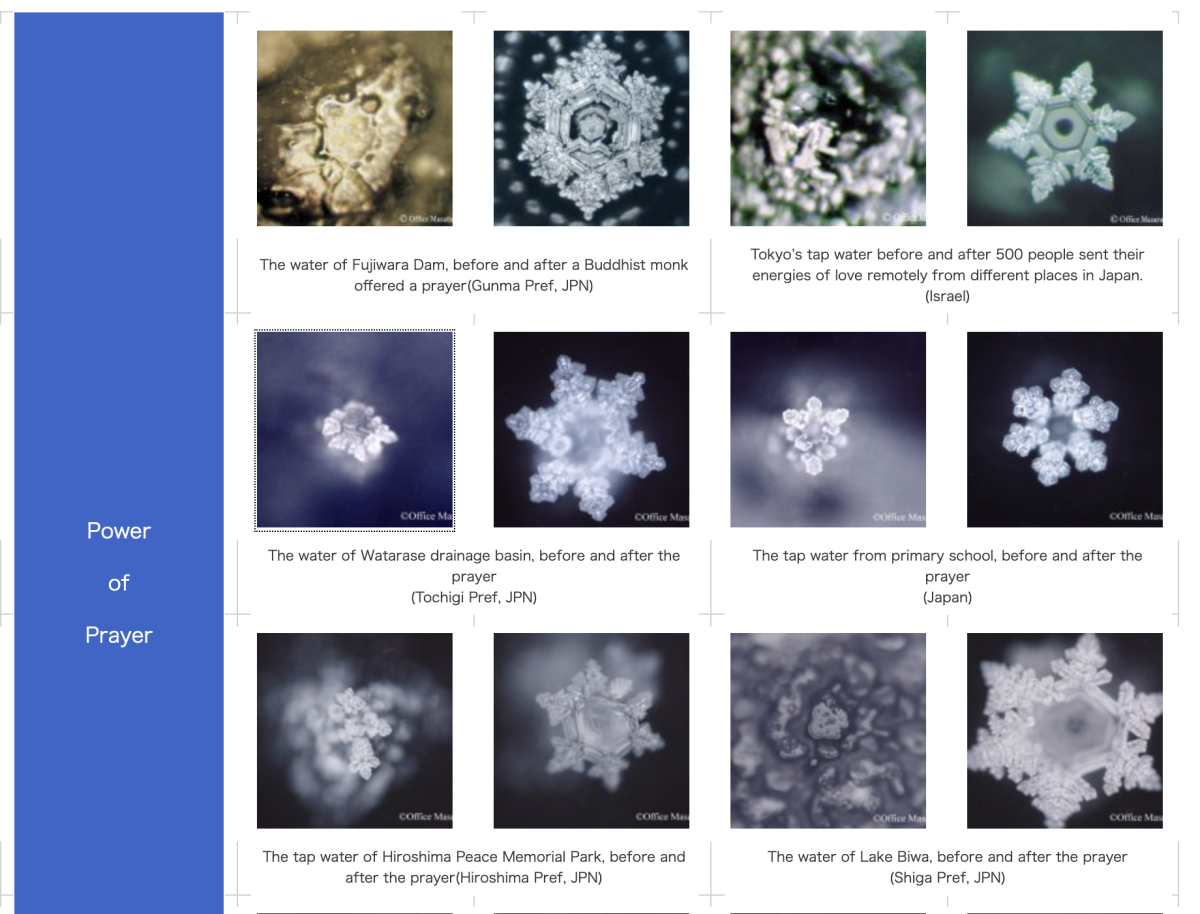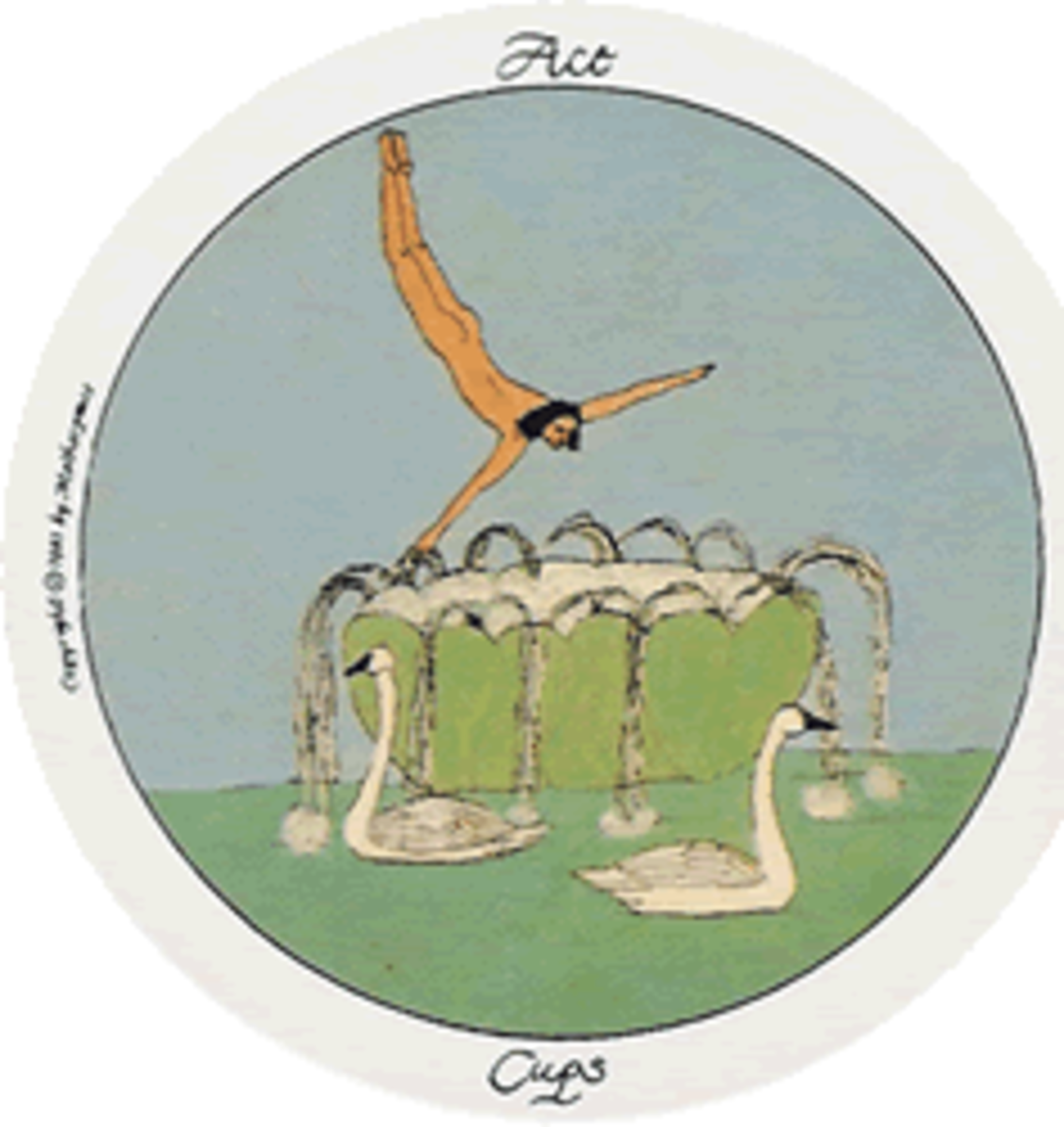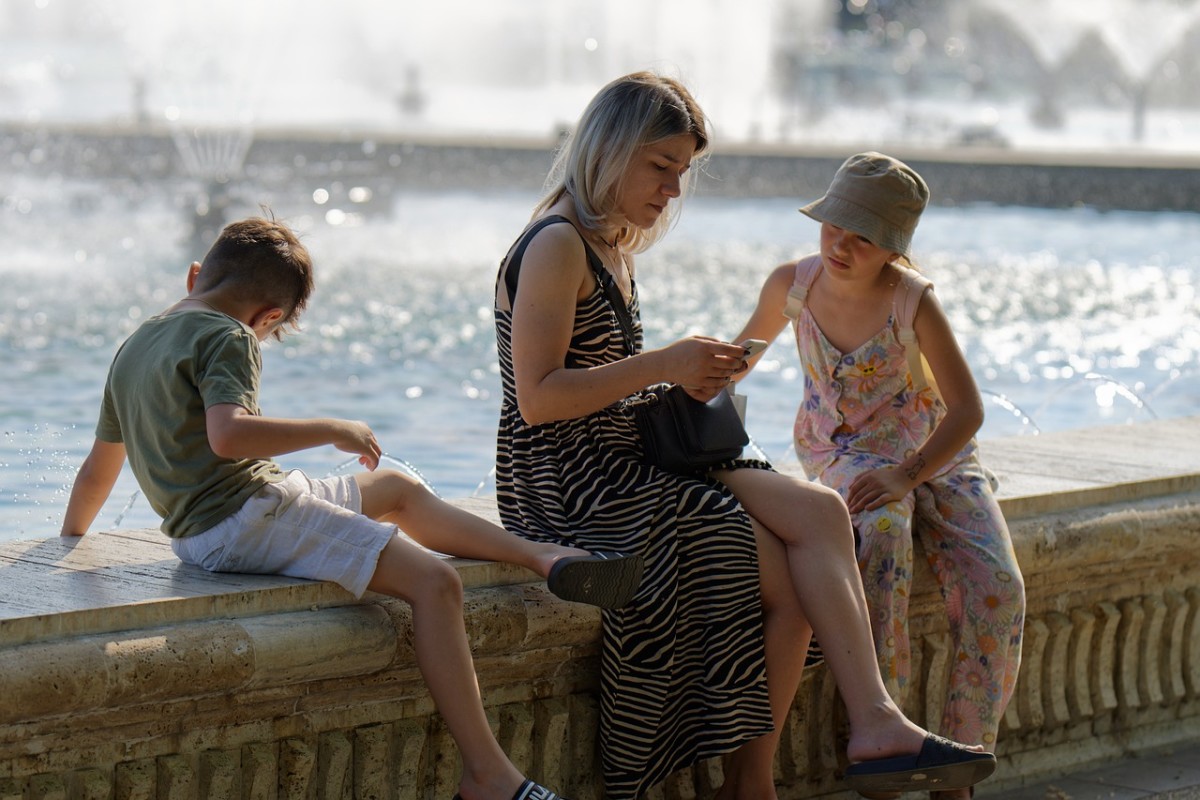6 Step Process To Craft Your Fate
Crafting Your Desired Future
You are captain of your soul and master of your fate. No one else is responsible for our success however it might feel sometimes when we are waiting for a promotion. Our destiny is in our hands and we have total control over what we do, think and feel. We now know the direct impact that those have on our happiness and success; even though we may still blame other people and events for our misery. We have a choice and free-will. And so we have the most amazing opportunity of crafting the future we want with some simple and scientifically grounded techniques.
It is in our creative mind that we have the opportunity to craft dreams, believe in hopes and generate meaningful desires that our left brain simply judges and quickly dismantles as being foolish. Yet it is in the seeds of our creativity that our possibilities exist, giving us a chance to get excited and align ourselves to what truly drives and motivates us.
Here are the Six Step Process to Designing your Future:
1. Montage/Collage – Picturing the Future

First of all, think about all the things that you dream about or would like to DO, BE, HAVE in your future life that will bring you happiness and success both personally and professionally – remember happiness is holistic. You may wish to reflect on the 80th Birthday exercise to inspire you. Choose a point in time that feels right for you; that may be within the next year, five years or further if you wish.
Then with paper, crayons, colored pens or pencils or even magazines that you can cut up, capture your DO, BE, HAVES in a collage of images and illustrations that upholds the spirit of creativity. Give your inner child permission to play with this exercise and keep your rational adult at bay as it will judge and ridicule this exercise. This is all about working with our creative right brain, allowing fun and dreams to craft our desired future.
Keep this montage visible, as the more you can internalize it, the more you bring it alive. Getting clarity around what you want and why you want it is an important start in the creative process.
2. Focus on the Feelings and amplify them.
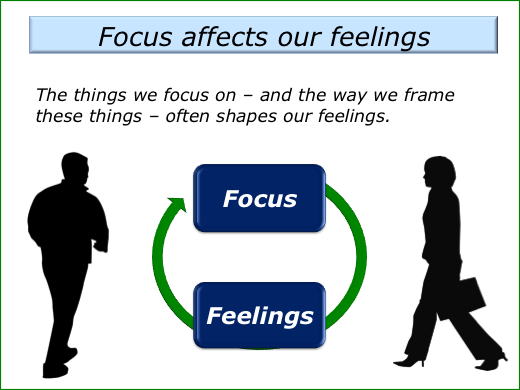
With that montage evolving, now focus in on how these images feel to you. Notice the feelings that come up for you such as inspiration, excitement or anticipation.
If there is anything other than a positive and high energy emotion, then explore why that might be. If it is frustration because you want that future now or you have a disbelief about its possibility, then acknowledge these feelings by writing them down on a separate piece of paper and allow yourself to move past your logical left brain. Explore the specifics of your discomfort and what evokes these emotions. Remember back to the language cornerstone we discussed earlier and tune into what your inner voice is saying. Are your emotions simply representing irrational fears that have little or no evidence to hold them up, or a belief in your capability or your deservedness that needs addressing? This is a good time to become aware of the resistance as they will become blockages that hold you back from the happiness you desire.
Once you have explored any discomfort, you are ready to re-engage with the positive emotions that your future happiness montage stirs up for you. Reconnect with each image and, like a Movie Director, start to imagine yourself doing or having these things. Focus on what each image would give you and see yourself experiencing these benefits. Create your own powerful movie, where you and those important to you play active roles in your happiness. Put color to your movie, add in sound and animation and bring it to life in your mind. Really see your future-self enjoying these success experiences and begin to amplify the positive emotions that go with them.
Get in touch with your stomach area (the Solar Plexus), where our emotions sit and amplify the good feelings you have about your future possibilities. Feel that excitement, hope, desire, anticipation or happiness surge around you, as though it leaks into your veins and is coursing around your body. This is called amplifying and when we put ourselves in this positive state we begin to attract that same energy to us. When we combine a vision with a vibrant feeling we then create the perfect conditions for that future to manifest the way we desire it to.
3. Set Intentions not Goals.

Having produced a vision that gives clarity and positive feelings, we can begin to set some intentions. Notice the language I have used; intentions not goals. There is a subtle distinction between the two which makes a big difference to the outcome we experience.
Goals are created through our reasoned left brain, shaped by targets that are produced through the analysis of our current reality against our desired outcome. Goal setting is a highly cognitive exercise that rarely allows for life taking us off track. They often generate a sense of compliance and submission and have wrapped around them an accessory of emotional attachment that has us reeling in a pool of guilt if we miss its target. Goals are narrow channels that have little or no scope for deviance.
Intentions have a softer yet more powerful and purposeful energy, creating a greater commitment and responsive action. They are generated from the heart rather than the head and are more like wishes that describe what success is like for us, without the rigidity that features in goal setting. This gives the broader and more holistic nature of intentions a malleability that allows life to get in the way without there being any emotional attachment to them. Intentions are, therefore, less plagued with fear of failure as they create space for life’s surprises.
I hear many managers criticize intentions, saying that they are too wooly, fluffy or unanchored to generate achievement and performance results. And yet this very observation immediately produces fear and a compliant response, which create neither happiness nor success. Intentions require a heart-felt articulation of what matters to us with sufficient energy to motivate action and yet permission to surrender to life’s curve-balls, both of which ensure success, not fear of failure.
Here is an example:
Goal: To leave work by 6.00pm each night so I can have more quality time with my family.
This is a well-intentioned goal, although working for an organisation, irrespective of our role, makes committing to this untenable when targets have to be met or a crisis crops up. So the conflict of achieving the task versus being with the family creates a huge amount of stress.
Intention: To have more quality time with my family during the working week.
This creates so much more space for us to succeed. It offers the potential for flexibility and let’s say, getting to work later because you needed to take your child to school. It also caters for the unexpected work situation to arise and be dealt with, without the emotional attachment of failure, fear of disappointment or internal conflict when tough decisions need to be made.
4. Emotions and Thought partnership.

With a vision about our future in our minds, a strong and positive emotion that inspires us and clear intentions set, we can generate supportive thoughts that move us in the right direction. Learning to use affirmations is such an important practice, which is steeped in science.
Practicing positive thoughts that can accompany proactive behavior is really important when we are trying to reinforce beliefs about our capability and develop our happiness, getting our internal language right is a critical cornerstone to our happiness. Experiment with partnering positive emotions with affirmations like:
- I am capable of achieving my dreams.
- I can achieve anything I set my mind to.
- I am already learning to be happy.
- I am excited about my future and trust my here and now.
- I believe in myself and my deservedness.
5. Acceptance and trust.

Happiness does not depend upon our achievement of the goal; instead our happiness depends on accepting whatever life throws at us whilst walking the path towards our vision. Sometimes those life experiences may be anything other than happy, although life was never meant to be fair and demanding that it must meet our expectations is a sure fire way to create suffering. When we learn to trust that each event has a lesson for us that move us towards achieving our vision, then we remove the roadblocks of our misery and can return to creating the positivity behind our desires.
This can be such a challenge for us in a world that has conditioned us to be in control, controlling and controlled. We fear the unknown and so create safety nets that keep us secure and catch us if we fall. Except they trip us up too and we get caught amongst them. That degree of control can be the very factor that creates our suffering and our failure to be happy. When things simply just don’t go to plan or if our expectations are inflexible, then we will only experience stress and disharmony. And so learning to surrender, accept and trust are keys to authentic happiness.
People often ask, “If I am thinking and feeling positive about my vision and I’m having challenging experiences, then am I doing something wrong?” Often we attract a situation to us that shows us a lesson we need to learn or that makes us validate our vision and the strength of our desire. Perhaps we have an underlying belief that is subtly affecting our achievement. They key is not to be distracted by it. Instead look for its message/lesson, trust it and then return to our desire.
6. Choose happiness today
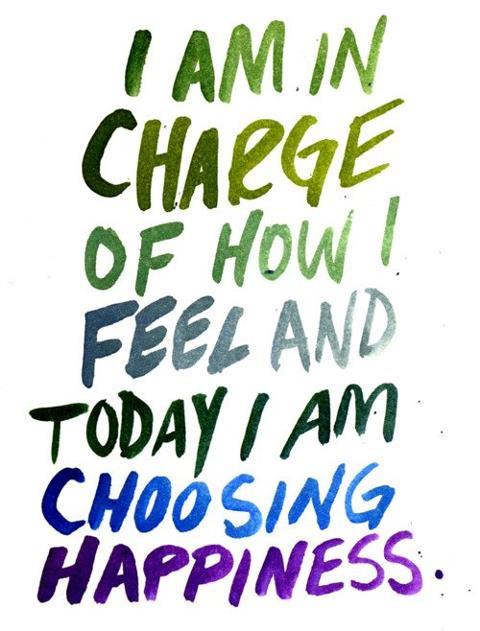
Happiness and success are a state we can create right in the here and now. It is not something we attain once we have achieved something. Our decision to be happy is an immediate action that we start in this present moment. Just decide this is the state you want to experience and start smiling. This might sound obvious, although notice what happens when we start smiling – our whole experience of that moment changes. We have been conditioned to see happiness as being difficult, only achieved by the wise, the hard-working and the lucky ones. I just do not buy this. Happiness is simply a decision to be this way and then to act in a happy way. Then we can observe how many more happy experiences come our way when we commit to this starting point rather than, ‘I’ll be happy when….’ Happiness can start right now, it is our choice.

